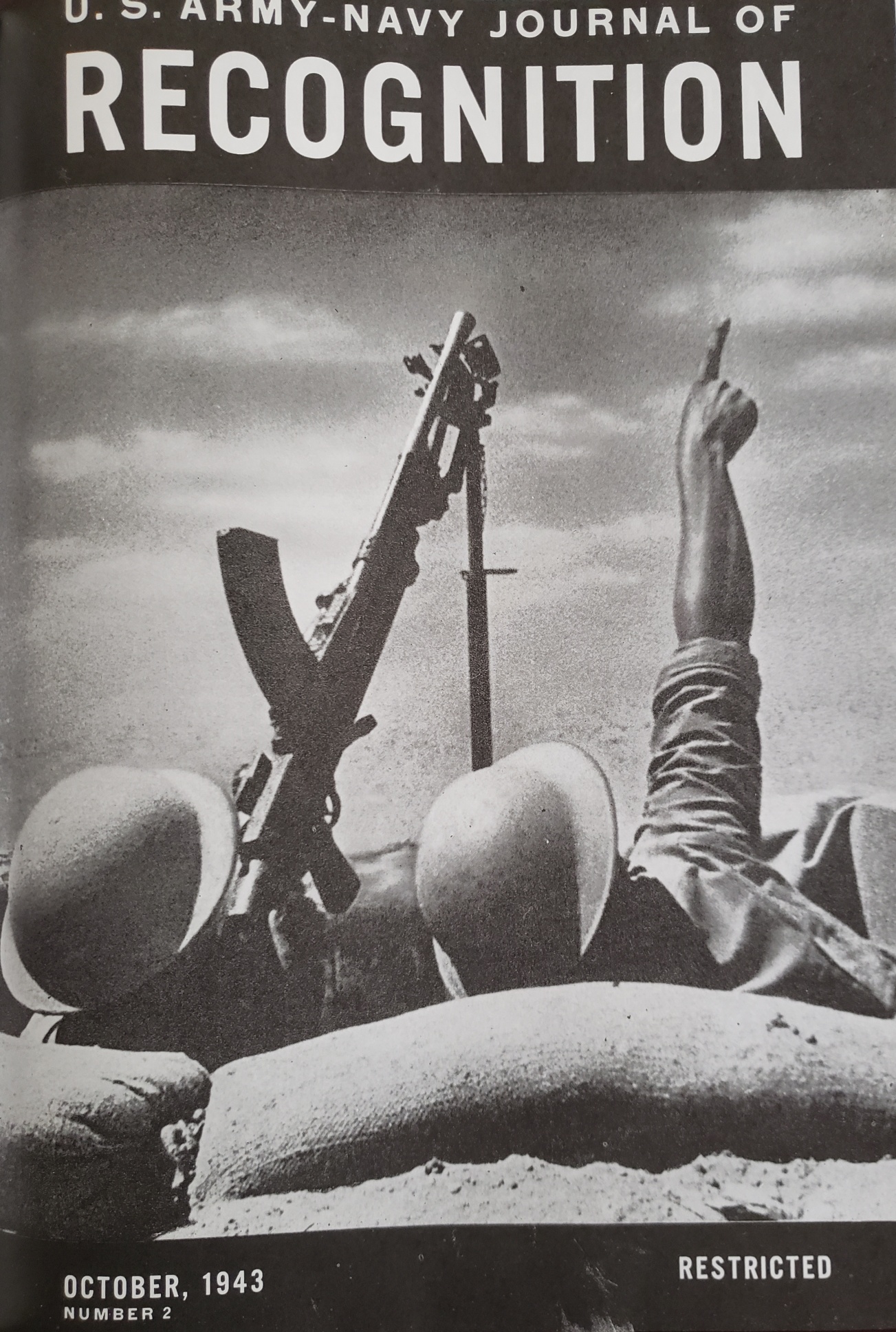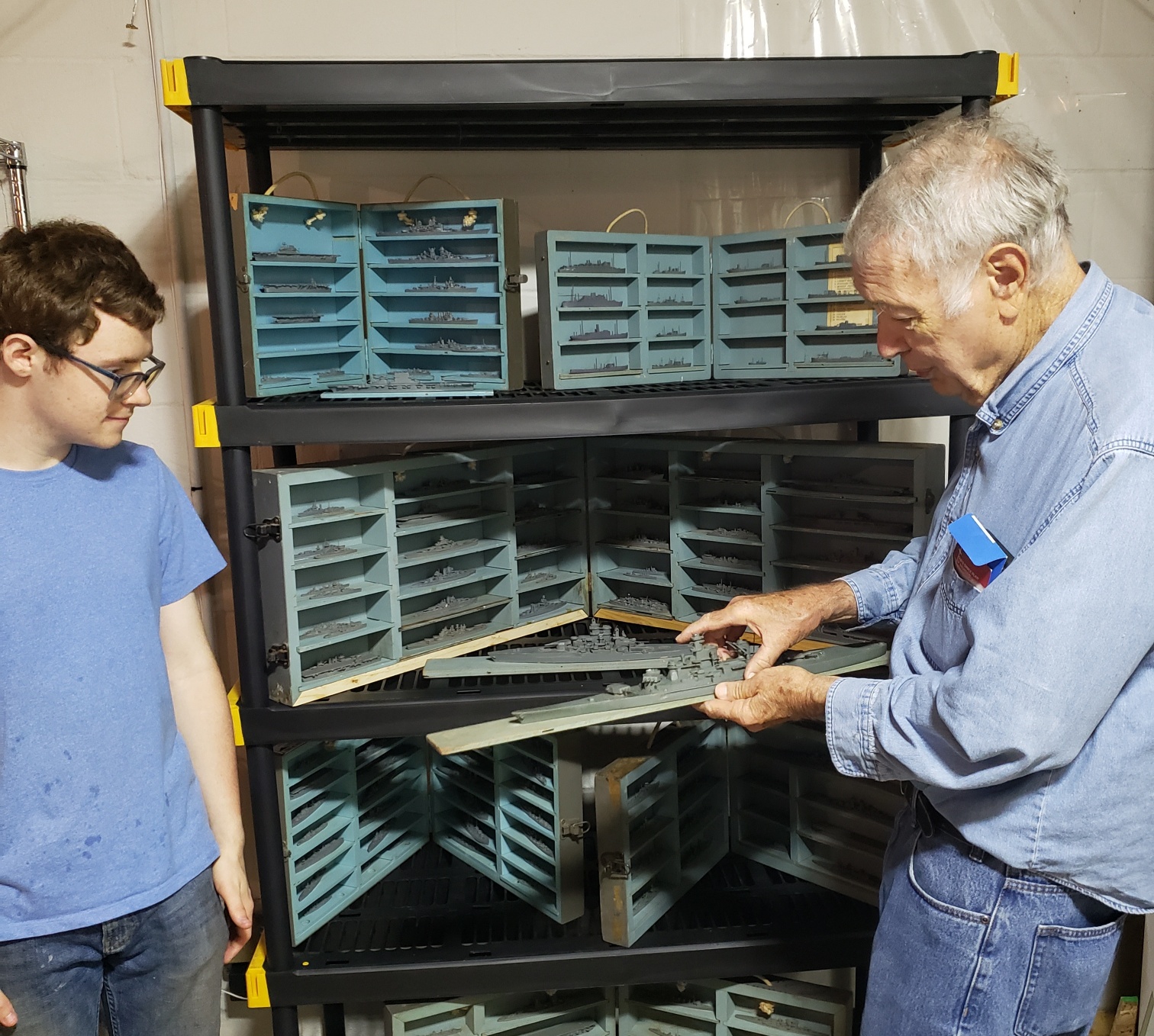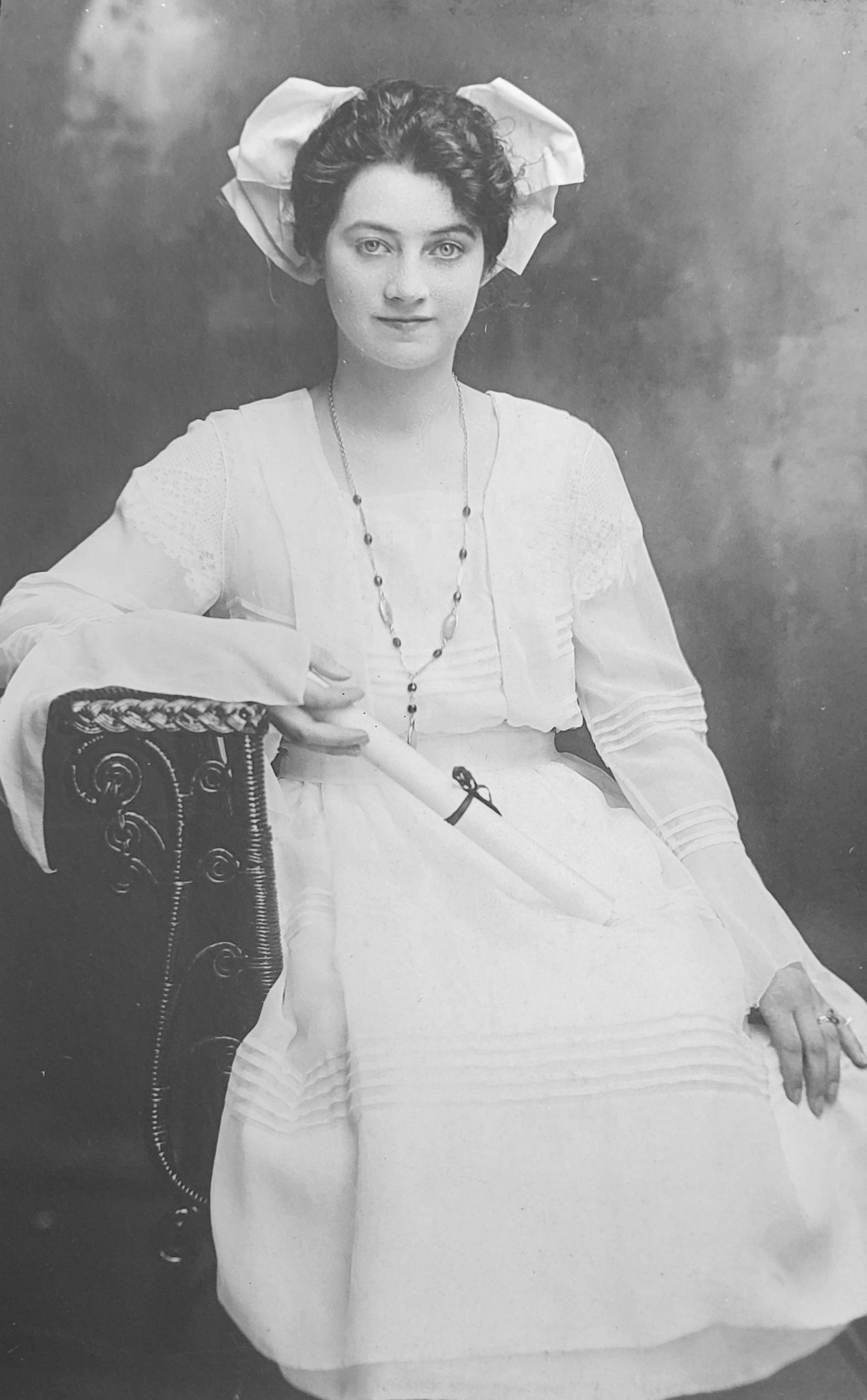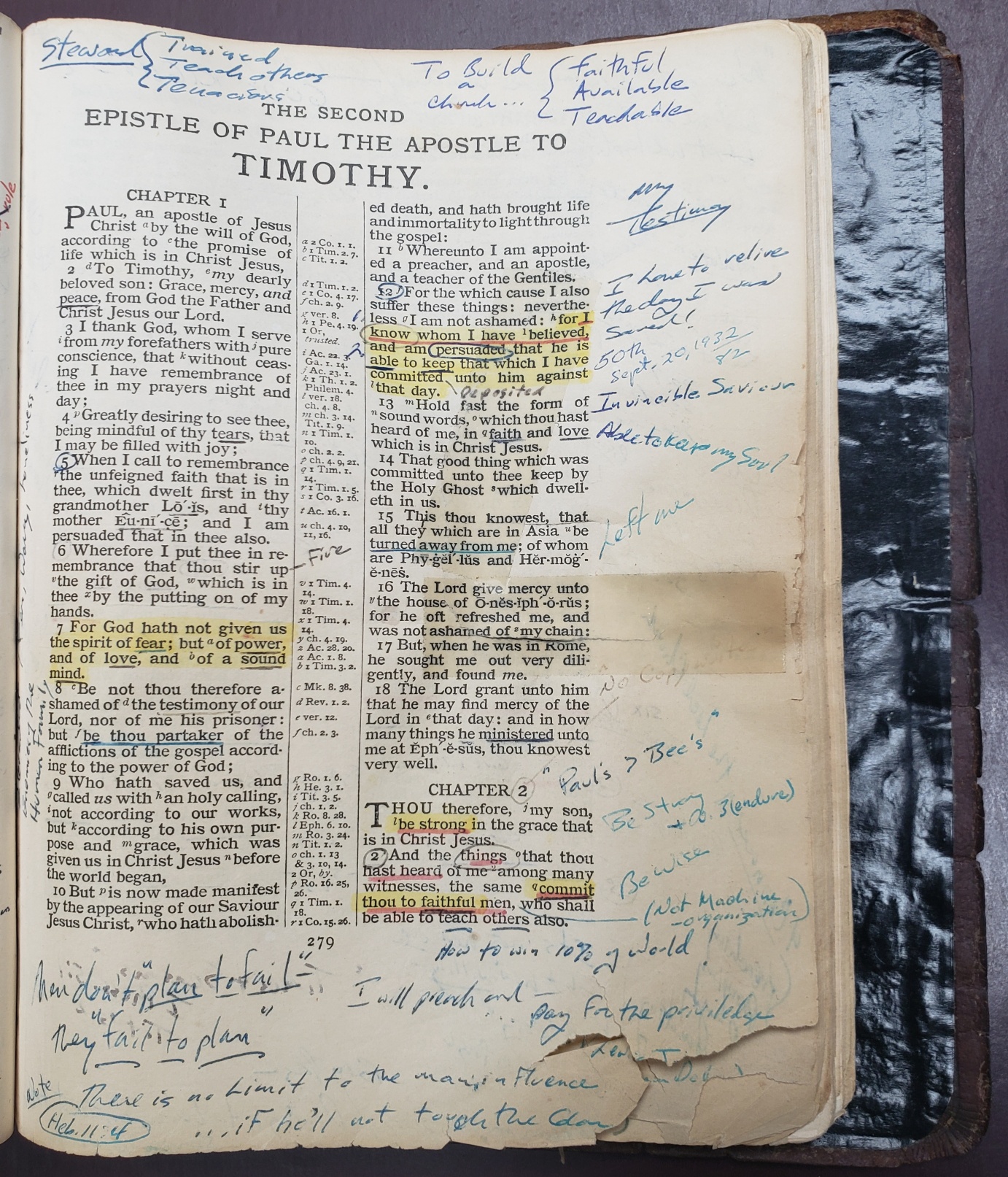Recognition

Eighty years ago, in 1943, the United States was engaged in a life and death struggle with the Axis powers in the Second World War. After a year and a half of fighting, America began to realize a major difficulty in battling the Nazi’s and the Japanese Empire. The problem was identifying the forces of the enemy, combined with knowing the friendly forces. Many lives were lost in the war due to this error, beginning at Pearl Harbor.
The Army and Navy immediately began an intense training program, including a regularly published “Restricted” military journal called Recognition. In the introduction to the 3rd volume is found this quote: “As fighting men they are doing a fine job but many of them have not yet realized that recognizing friend from foe is a talent of war second only to the ability to shoot straight.” (p.3)
Scale models of enemy and friendly aircraft were made for gunners to study and learn their targets. For Navy pilots, lead models of the various fighting ships of the world were produced so that these fighter pilots could learn the unique features of the enemy and friendly ships. Armed with this knowledge, they could know whether to attack or to defend.
Classes were taught with larger models used in explaining the ship’s features. Smaller lead models were made available for the pilots to study what these ships would look like from high overhead. The smaller models were often kept in wood cases.
After War World II, these publications and tools became declassified, and later collectible.

One of the largest collections of these Recognition Models is found in Indiana, in the small town of Boonville (Birthplace of Ford Porter’s wife – Ida Hunton Porter - 1888).
In a recent visit, Sam Shelby showed us part of his collection which included WWII American, English, German, French, and Japanese model ships. Seeing a piece of history was very special, and I was even given a few models that are now on display in my office.
Recognition is important in any battle, including as we serve in the army of the Lord.
It seems today that many Christians are having a hard time with Recognition. They often confuse the things of the world with Christ. In our generation, we have seen many worldly ideas paraded as spiritual - and woe to the Christian that can’t recognize another Christian.
The Lord does not produce an ongoing publication, like in WWII, to update the forces of the enemy – God wrote the Bible. If a Christian will daily read and study his Bible & pray, he can begin to clearly recognize the evil and the good. II Timothy 2:15.
A Study in Contrasts

On June 22, 1903, two babies were born in Central Indiana. One was a baby girl, the other a baby boy. The one came into a preacher’s home, the boy would grow up in a deacon’s house. The boy’s family would move to the country, the girl would eventually move to the city. In time they both chose a spouse and were married. The one stayed on the “straight and narrow” the other chose the “broad way.” They both made their mark in this world, and both died. They are both buried in the same cemetery in Indianapolis about 100 yards apart. The boy lived 31 years, the girl to 105.
The boy born 120 years ago in Indianapolis chose a life of crime and became the infamous bank robber, John H. Dillinger.

The girl was Carrie Wiles, later to be known as Carrie Dennis. She would rear a godly son, named Russell Dennis, Sr., and later become the grandmother of President Russell Dennis, Jr.
Weathered for Good Reason

My father, Dr. Russell Dennis, loved to write thoughts and outlines in his old, water buffalo hide, wide margin Cambridge Bible. He received it on Christmas Day in 1977, and he used it for 20 years. Once it was rebound.
The most worn page in this Bible is found at II Timothy chapter 1. It makes sense, for II Timothy 1:12 was my father’s life verse: For the which cause I also suffer these things: nevertheless I am not ashamed: for I know whom I have believed and am persuaded that he is able to keep that which I have committed unto him against that day.

My Dad would relate how that during his time in Bible college and as a young minister, he saw many men quit the ministry. In spite of this, my father pledged to the Lord that he would serve Him until he was 50 years old. In his Bible, when he arrived at 50 years, Dr. Dennis marked that date next to his life verse.
Later in life, he would finish the story with this quip. Dr. Dennis would say: “When I got to 50 years old, it had been such a good life working for the Lord, I just decided to serve Him for the rest of my life.”
Ending Notes

June is the month that we remember our fathers. Hardly a day goes by that I do not recall a saying, an anecdote, or some wisdom that was imparted by my father, Dr. Russell Dennis, Sr.
Directly after he passed away on June 6, 1998, I received his two preaching Bibles. I used each of these Bibles as I read through the Word of God the next two times, copying various sayings that he had written in the margins of his Bible.
His primary preaching Bible along with his large prophecy chart are on permanent display at Heritage Baptist College.
I have shared in past June Updates a few of the many nuggets from my Dad’s Bible. Here are some gleanings from the book of II Timothy:
Baptist Distinctives are not tradition, they are Bible. Put a fire to them (1:6)
Men don’t plan to fail, they fail to plan. (1:7,8)
I will preach and pay for the privilege (1:11)
I love to relive the day I was saved! (1:12)
There is no limit to the man’s influence...if he will not touch the Glory (1:13,14)
It’s not how old – but how willing (2:3)
We got what we wanted, but we lost what we had (2:5)
A witness tells what he knows, a workman knows what he tells (2:15)
Paul’s Theme: “Keep on Truckin” (4:2-8)






